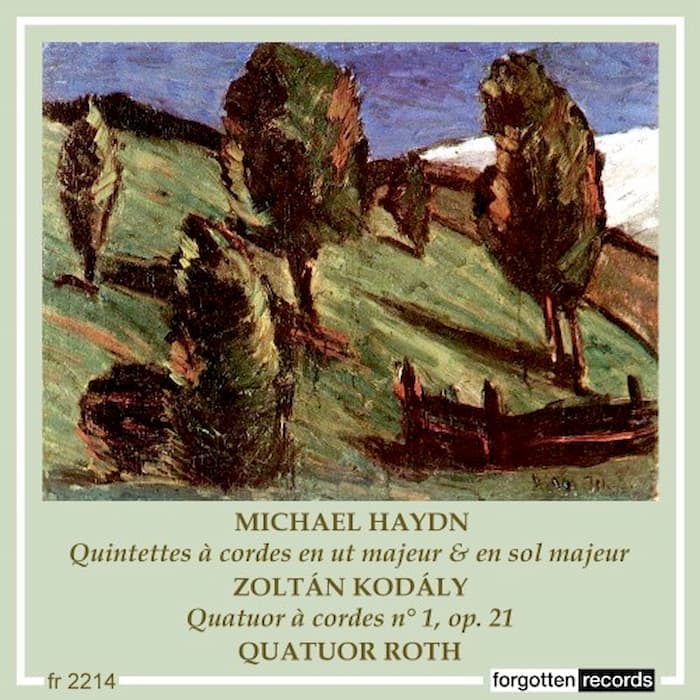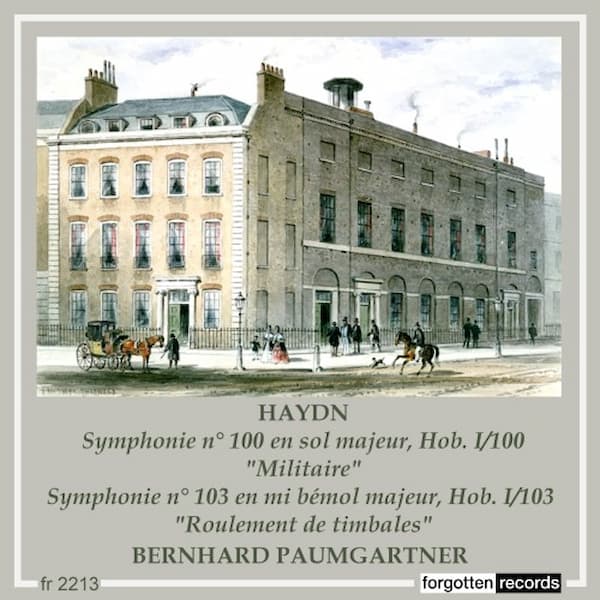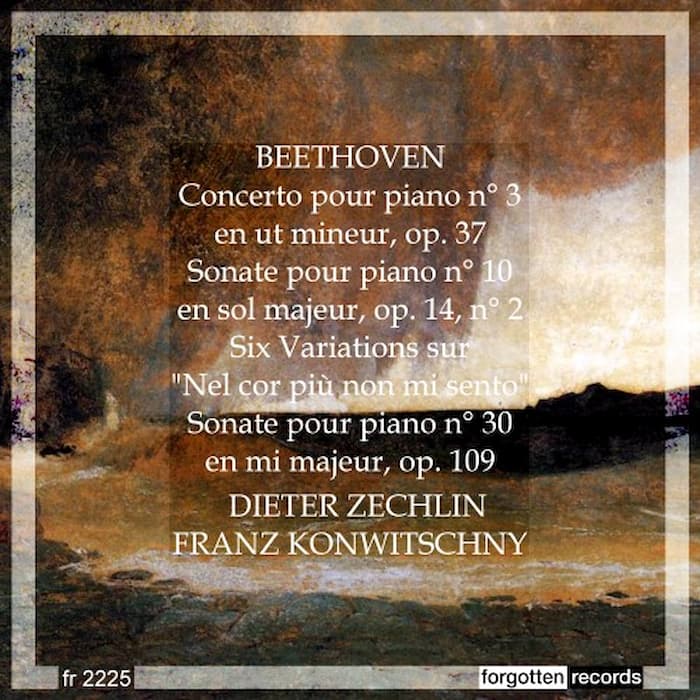The craze for nationalism that swept 1920s Europe was a time for composers to nail their national colours in music. Leoš Janáček’s 1926 Sinfonietta was an ode to Czechoslovakia. The country was created in 1918 after the collapse of the Austro-Hungarian Empire during WWII and in 1993, split into the Czech Republic and the Slovak Republic, in what is known as the ‘Velvet Divorce’, taking its name from the ‘Velvet Revolution’ that peacefully ended Communist rule in Czechoslovakia in 1989.
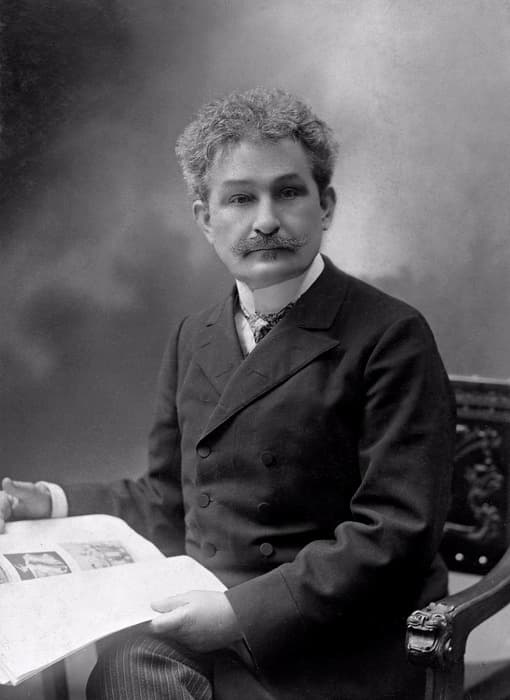
Leoš Janáček
Leoš Janáček (1854–1928) was inspired by the music of his native Moravia in his writing. In the Sinfonietta, he used the sound of military bands in writing the first movement of the Sinfonietta. The work was commissioned for the 1926 Sokol Festival.
The Sokol movement was founded in 1862 in the Czech part of Austria-Hungary and followed an aesthetic of physical conditioning with the motto of “a strong mind in a strong body.” The Sokol provided ‘physical, moral, and intellectual training for the nation’ and eventually became a pan-Slavic movement. It suffered periodic banning and re-establishment and has a growing popularity in Czech communities outside the country.
The 1926 Festival, or Slet, that the Sinfonietta was written for was a gathering of Sokols for a mass gymnastic festival. The opening ceremony was elaborate, starting with a welcoming ceremony at the train station, mass demonstrations of gymnastics, speeches, and theatrical events. It’s of note that the Sokol festivals started more than a decade before the modern Olympics (1896) and seem to have set the pattern for opening ceremonies for international sporting events.
After its 1926 debut, the work was performed in New York, Berlin, and Brno the following year. By the next year, it was heard in London, Vienna, and Dresden and has become one of his best-known orchestral works.

Poster for the 1926 Slet in Prague
Janáček’s work used one of the largest orchestras he ever wrote for, including for the first movement, 9 C trumpets, 2 bass trumpets, and 2 tenor tubas. For the last movement, 3 F trumpets are added. A total of 25 brass players are required for a performance and the first movement is played only by brass and percussion.
The work, originally entitled Military Sinfonietta, was dedicated to the Czechoslovakian Army. In Haruki Murakami’s 2010 novel 1Q84, the Sinfonietta is a critical piece of music, moving the heroine of the story between the alternate realities of 1984 and ‘1Q84,’ with 1Q84 being much more militaristic than 1984.
The first movement Fanfare, played only by brass and percussion, starts with antiphonal writing in the trumpets, with a slowly evolving rhythm below it. The trumpets become more animated and then more lyrical, but always bright and brilliant. The support from the timpani does much to permit the trumpet’s lyricism. This particular performance is slow and stately and offers a very different feeling from those performed at a quick tempo. There’s more of an all-encompassing feeling than that of a military announcement.
Leoš Janáček: Sinfonietta, Op. 60 – I. Allegretto

Jascha Horenstein
This 1955 recording is led by Jascha Horenstein (1898–1973), directing the Vienna Pro Musica Orchestra. Russian-born Horenstein attended the Vienna Academy of Music and in 1920 was the assistant to Wilhem Fürtwangler in Berlin. In 1928, he was the principal conductor of the Düsseldorf Opera and the next year was their General Music Director. The rise of National Socialism forced his move to the US in 1940. He is known as a champion of modern music, of which the Janáček Sinfonietta would certainly be included.
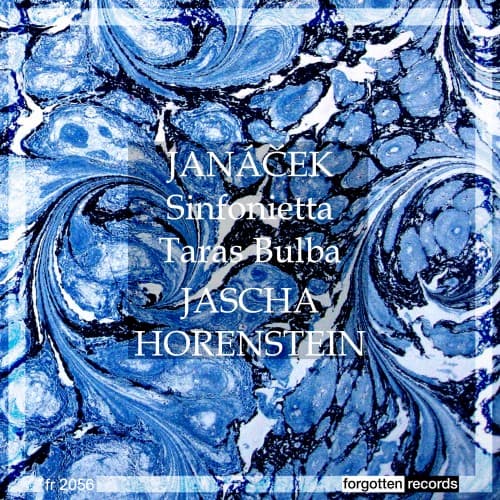
Performed by
Jascha Horenstein
Vienna Pro Musica Orchestra
Recorded in 1955
Official Website
For more of the best in classical music, sign up for our E-Newsletter

